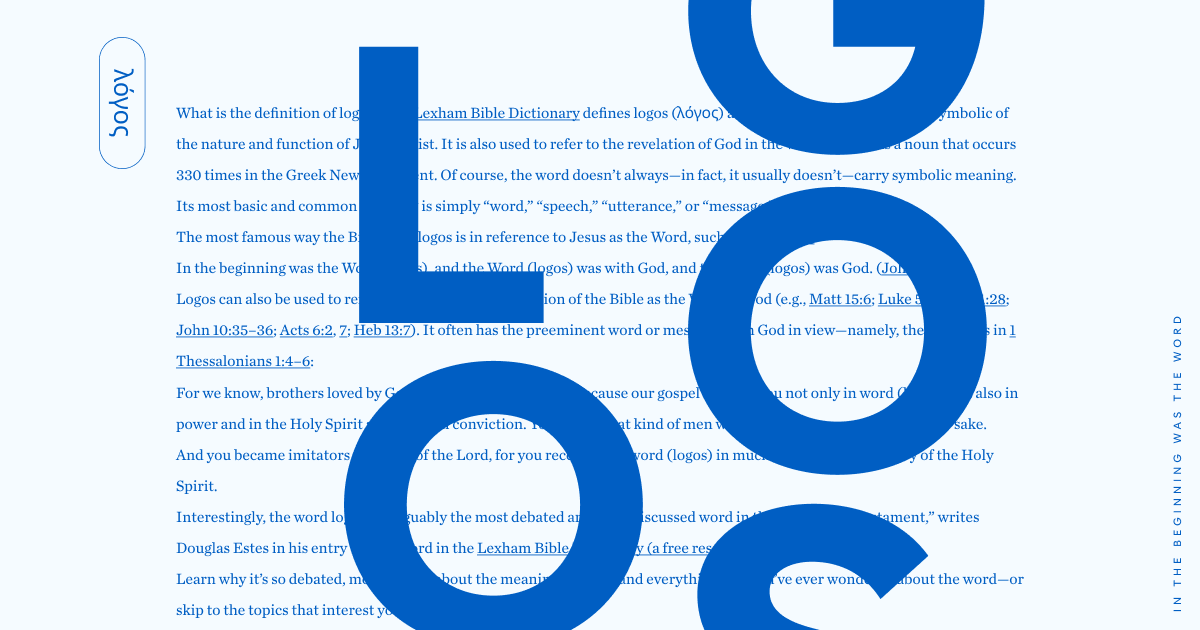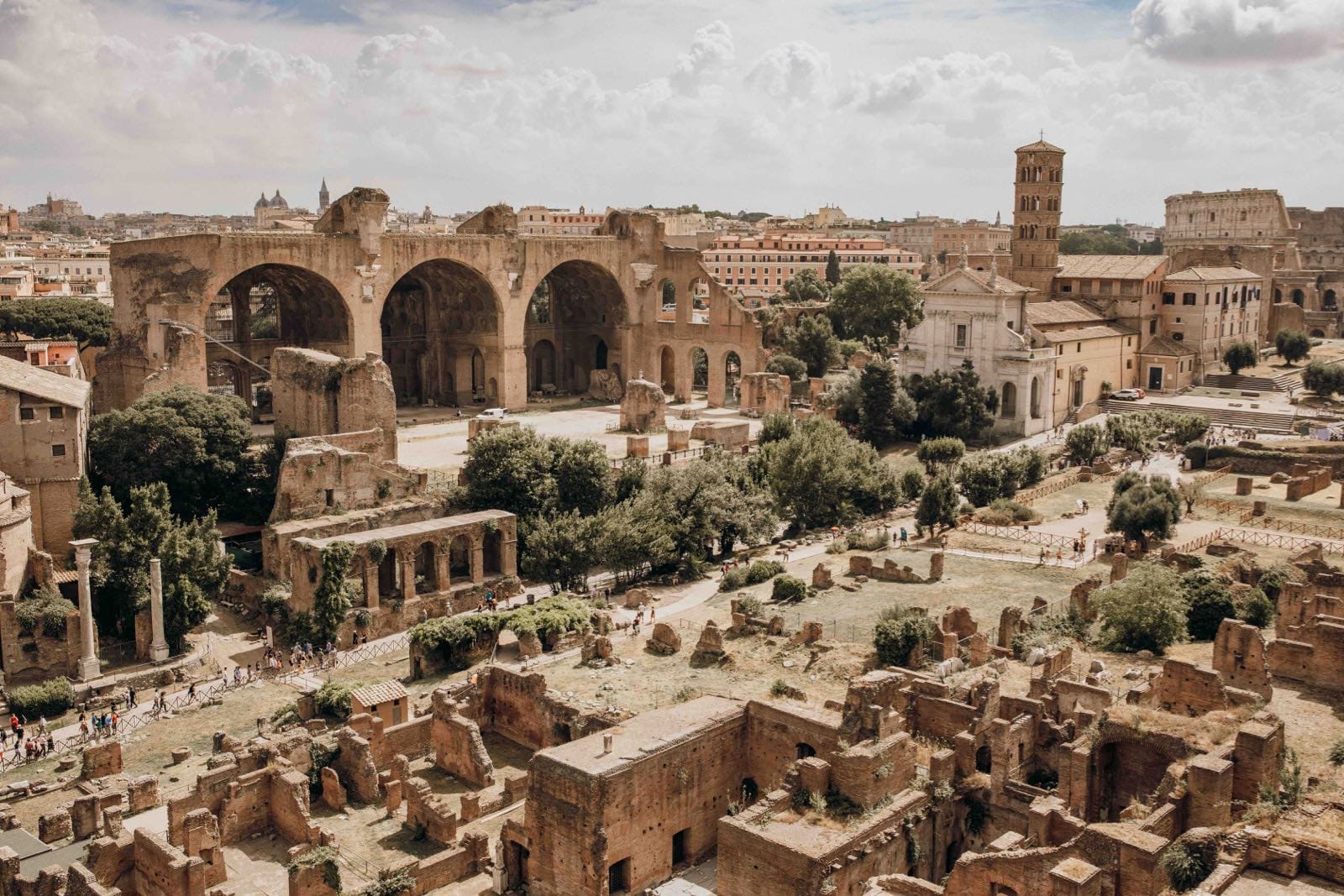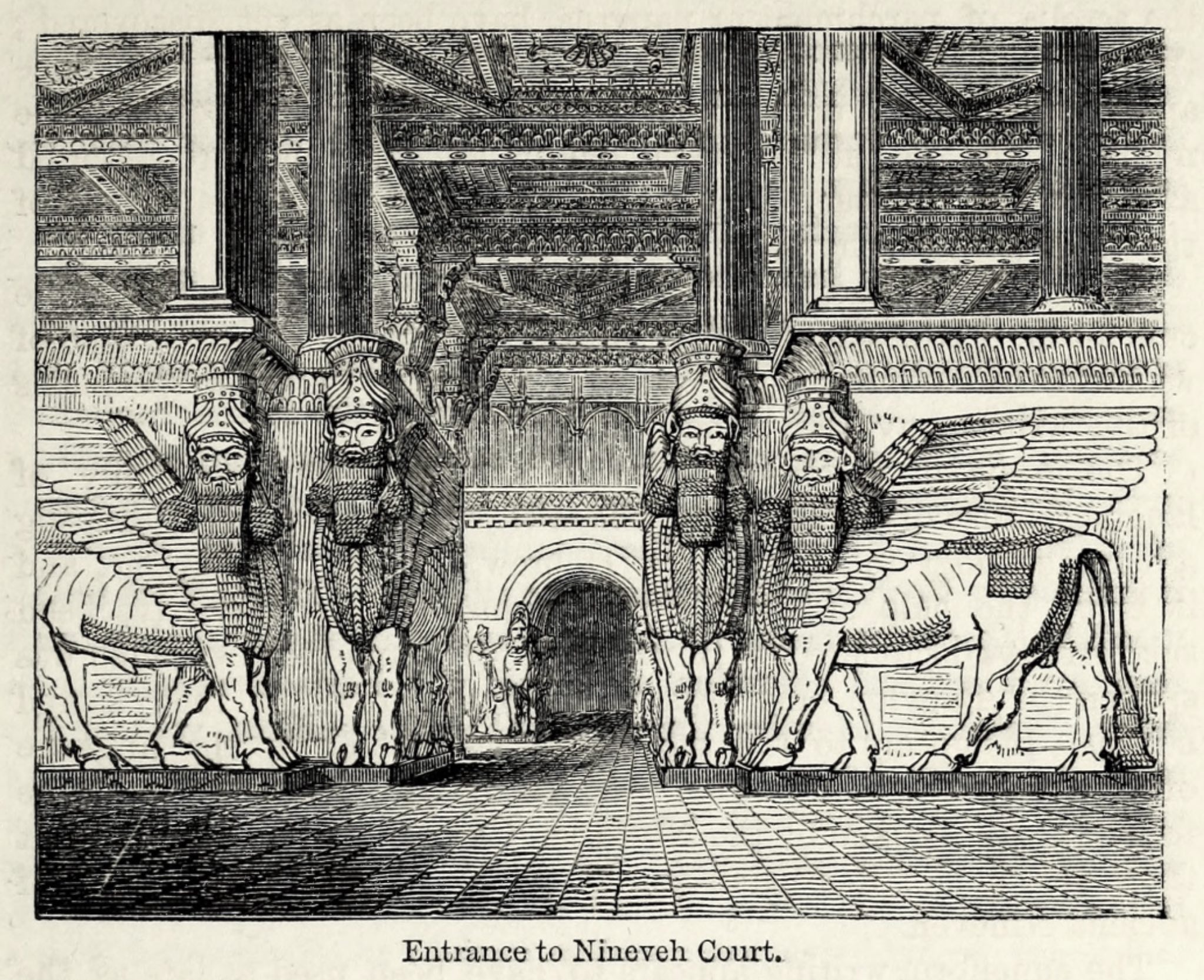The Roman Empire, at its height (c. 117), was the most extensive political and social structure in western civilization.Building upon the foundation laid by the Roman Republic, the empire became the largest and most powerful political and military entity in the world up to its time and expanded steadily until its fall, in the west, in 476.. By 285, the empire had grown too vast to be ruled
Classics at the Intersections: White Supremacy and Classics Scholarship on Race and Ethnicity
Technology & Engineering. Engineering, sciences, art, and architecture follow this same pattern and many of the commonplace items taken for granted today were either invented or developed by the Romans. The Roman road is the most famous example, but the Romans also made concrete – which most people think is a 19th-century CE development – which was fast-drying and much stronger than the

Source Image: pressbooks.nscc.ca
Download Image
The Romans and their empire at its height in 117 CE was the most extensive political and social structure in western civilization. By 285 CE the empire had grown too vast to be ruled from the central government at Rome and so was divided by Emperor Diocletian (284-305 CE) into a Western and an Eastern Empire.

Source Image: logos.com
Download Image
How Pants Went From Banned to Required in the Roman Empire – Atlas Obscura
In many ways, Rome defines Western Civilization. Even more so than Greece, the Roman Republic and the Roman Empire that followed created the idea of a single, united civilization sharing certain attributes and providing a lasting intellectual and political legacy.

Source Image: en.wikipedia.org
Download Image
What Did The Romans Contribute To Western Civilization
In many ways, Rome defines Western Civilization. Even more so than Greece, the Roman Republic and the Roman Empire that followed created the idea of a single, united civilization sharing certain attributes and providing a lasting intellectual and political legacy.
The Western Roman Empire is the modern-day term for the western half of the Roman Empire after it was divided in two by the emperor Diocletian (r. 284-305 CE) in c. 285/286 CE. The Romans themselves did not use this term. At its height (c. 117 CE), the Roman Empire stretched from Italy through Europe to the British Isles, across North Africa
Roman heritage in Kosovo – Wikipedia
The Roman Empire, founded in 27 B.C., was a vast and powerful domain that gave rise to the culture, laws, technologies and institutions that continue to define Western civilization.
A brief history of Western culture

Source Image: smarthistory.org
Download Image
Caesar Augustus: 8 Fascinating Facts About Rome’s First Emperor
The Roman Empire, founded in 27 B.C., was a vast and powerful domain that gave rise to the culture, laws, technologies and institutions that continue to define Western civilization.

Source Image: walksofitaly.com
Download Image
Classics at the Intersections: White Supremacy and Classics Scholarship on Race and Ethnicity
The Roman Empire, at its height (c. 117), was the most extensive political and social structure in western civilization.Building upon the foundation laid by the Roman Republic, the empire became the largest and most powerful political and military entity in the world up to its time and expanded steadily until its fall, in the west, in 476.. By 285, the empire had grown too vast to be ruled

Source Image: rfkclassics.blogspot.com
Download Image
How Pants Went From Banned to Required in the Roman Empire – Atlas Obscura
The Romans and their empire at its height in 117 CE was the most extensive political and social structure in western civilization. By 285 CE the empire had grown too vast to be ruled from the central government at Rome and so was divided by Emperor Diocletian (284-305 CE) into a Western and an Eastern Empire.

Source Image: atlasobscura.com
Download Image
Cicero’s legacy in medieval western Europe | Europeana
Apr 1, 2023Ancient Rome was one of the great ancient civilizations. Its culture and art were very influential in the development of Western civilization. The Roman state was very stable and well-organized. It had a strong military and a fair legal system. Ancient Rome also made important contributions to architecture, engineering, and literature.

Source Image: europeana.eu
Download Image
Top 10 Greatest Roman Emperors – The Roman Guy
In many ways, Rome defines Western Civilization. Even more so than Greece, the Roman Republic and the Roman Empire that followed created the idea of a single, united civilization sharing certain attributes and providing a lasting intellectual and political legacy.

Source Image: theromanguy.com
Download Image
Ancient Near East: Cradle of civilization
The Western Roman Empire is the modern-day term for the western half of the Roman Empire after it was divided in two by the emperor Diocletian (r. 284-305 CE) in c. 285/286 CE. The Romans themselves did not use this term. At its height (c. 117 CE), the Roman Empire stretched from Italy through Europe to the British Isles, across North Africa

Source Image: smarthistory.org
Download Image
Caesar Augustus: 8 Fascinating Facts About Rome’s First Emperor
Ancient Near East: Cradle of civilization
Technology & Engineering. Engineering, sciences, art, and architecture follow this same pattern and many of the commonplace items taken for granted today were either invented or developed by the Romans. The Roman road is the most famous example, but the Romans also made concrete – which most people think is a 19th-century CE development – which was fast-drying and much stronger than the
How Pants Went From Banned to Required in the Roman Empire – Atlas Obscura Top 10 Greatest Roman Emperors – The Roman Guy
Apr 1, 2023Ancient Rome was one of the great ancient civilizations. Its culture and art were very influential in the development of Western civilization. The Roman state was very stable and well-organized. It had a strong military and a fair legal system. Ancient Rome also made important contributions to architecture, engineering, and literature.